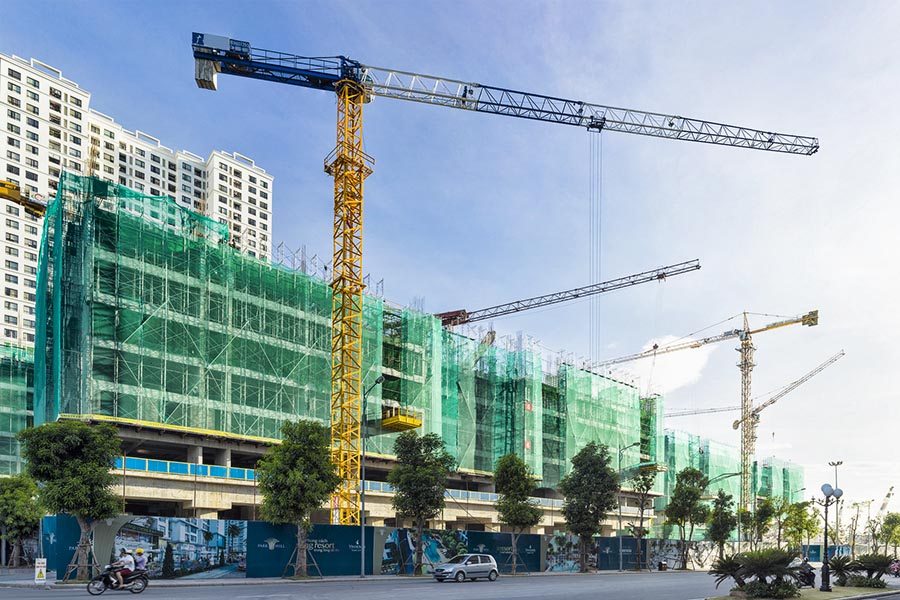How Can Future Generations Inspire Commercial Development?
February 9, 2018

Planning commercial developments that will succeed now and in the future means designing projects that can appeal across generations.
Generational differences impact where people live, work, shop and play. Every generation has unique characteristics, workstyles and consumer behavior.
From Baby Boomers to millennials and the coming Generation Z, here are some key distinctions to remember so that developments have broad appeal that spans into the future.
Beyond Millennials
No developer wants to build an office tower or mall that’ll be half empty or obsolete in five, 10 or 20 years. Take the following into account when planning new developments.
- Develop Smarter Buildings: People are embracing all things tech-related, such as smartphone apps that allow them to stream music or adjust the temperature in their homes or workspaces. Meet that demand with infrastructure that can provide the connectivity people demand today, along with tech that enhances user experience.
- Embrace Live-Work-Play: Consumers want experiences they can’t get online, whether it’s a checking out a new restaurant, seeing a movie or hitting the gym. This increasingly applies to all types of commercial developments. For example, the malls of the future will see department stores replaced by nontraditional anchors such as hotels, clinics and amusement parks.
- Tell a Story: Provide an interesting story by adding unique architectural features, incorporating repurposed building materials or including rooftop decks and community gardens. For example, Goldman Properties uses “urban graffiti” to energize its Wynwood Walls mixed-use development in Miami. The building facades have become a changing canvas that celebrates the murals of local and national street artists.
- Curate Common Spaces: Make lobbies that are useful for hosting events, musical performances and art displays to draw people in and energize the space.
Why They Still Matter
The Pew Research Center says millennials have already surpassed Baby Boomers in size, and some estimates predict that millennials will represent 50 percent of the global workforce by 2020. Here’s how their traits connect to commercial development:
- Technology: Their favored spaces need to be highly connected, with Wi-Fi access everywhere — rooftop decks, patios, elevators and more.
- Higher education: Millennials are on track to be the most educated generation in history. The resulting student debt burden impacts spending power and keeps many in the rental market longer.
- Work-life balance: They bring work home, but they also desire workplace amenities that offer convenience, like fitness centers, yoga studios and dry cleaners.
- Corporate social responsibility: Millennials put a high value on “green” buildings and energy efficiency.
- Sharing economy: Increasingly, corner offices and cubicles are being replaced by co-working spaces.
Summary
Attracting customers and tenants to a project is increasingly difficult in a marketplace that includes both traditional brick-and-mortar competitors and digital disruptors.
Stay in tune with today’s differing generations as they mature and transition into different life stages.
The built environment needs to evolve along with them.
- More real estate content: Using the Internet of Things
Recent Articles
Stay informed with Aprio.
Get industry news and leading insights delivered straight to your inbox.
